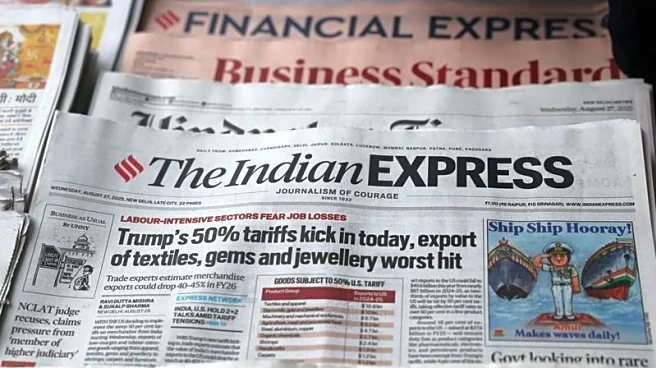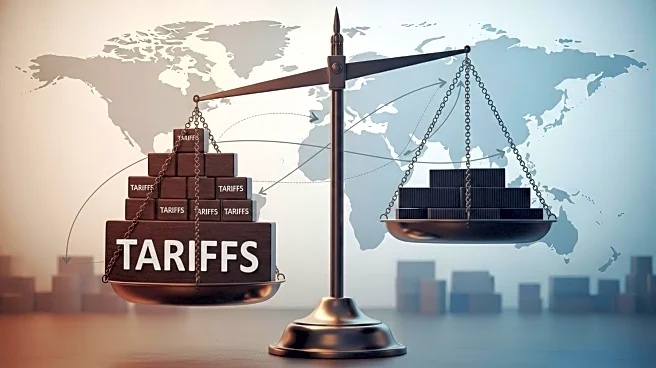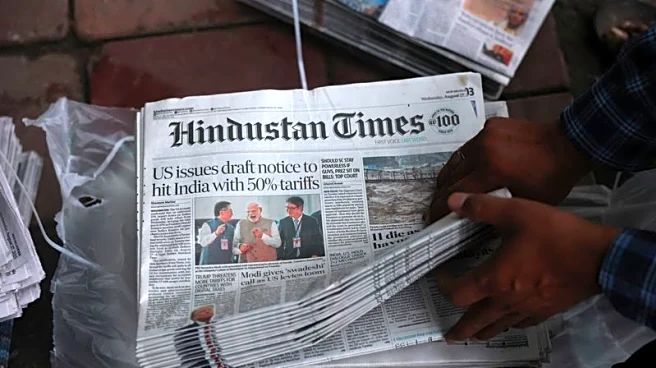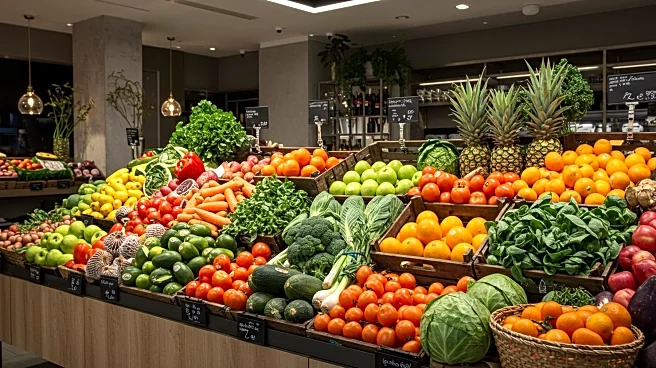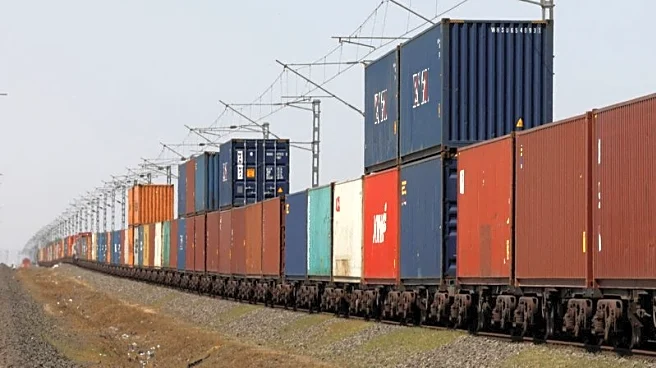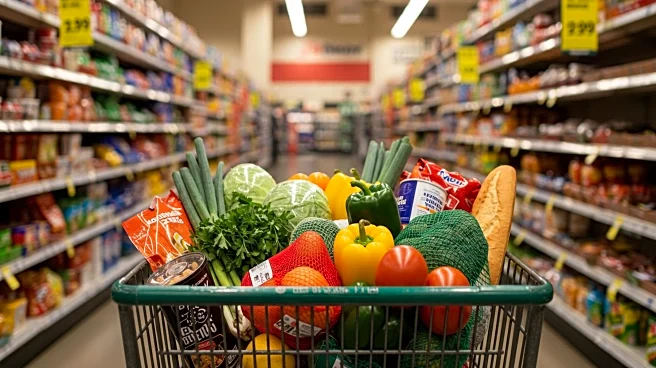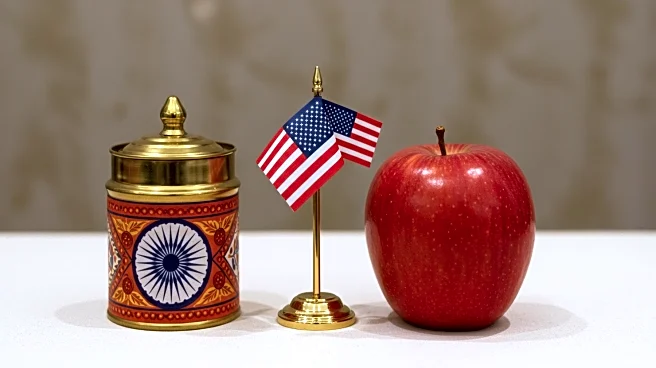NEW DELHI (Reuters) - U.S. President Donald Trump's doubling of tariffs on goods from India to as much as 50% took effect as scheduled on Wednesday, escalating tensions between the world's two largest democracies and strategic partners.
COMMENTARY:
RADHIKA RAO, SENIOR ECONOMIST, DBS BANK:
"Even as India's exports to the U.S. amount to a modest 2.3% of GDP, the sectoral impact of the second 25% tariff kicking in on Wednesday will be asymmetrical.
Signs of downside risks to growth will also draw in the
central bank's hand, alongside potential relief on the credit and liquidity fronts.
Meanwhile, other counter efforts, including seeking alternate markets, strengthening trade & investment ties through multilateral as well as bilateral trade deals, will be important. Subject to other geopolitical developments, the door for negotiations might reopen later in the year."
RAJESWARI SENGUPTA, ASSOCIATE PROFESSOR AT INDIRA GANDHI INSTITUTE OF DEVELOPMENT RESEARCH:
"The government should adopt a more trade-oriented, less protectionist strategy to boost demand which is already slacking.
Doing free trade agreements with multiple countries, doing regional agreements, lowering tariffs and non-trade barriers could be one way to support trade and encourage FDI."
AASTHA GUDWANI, INDIA CHIEF ECONOMIST, BARCLAYS:
"We estimate 70% ($55 billion) of India's exports to the U.S. are now under serious threat, accelerating downside risks to growth.
From a "good friend" to a "bad trading partner," it has come a long way."
(Reporting by Tanvi Mehta, Kashish Tandon and Nikunj Ohri; Editing by Muralikumar Anantharaman)
